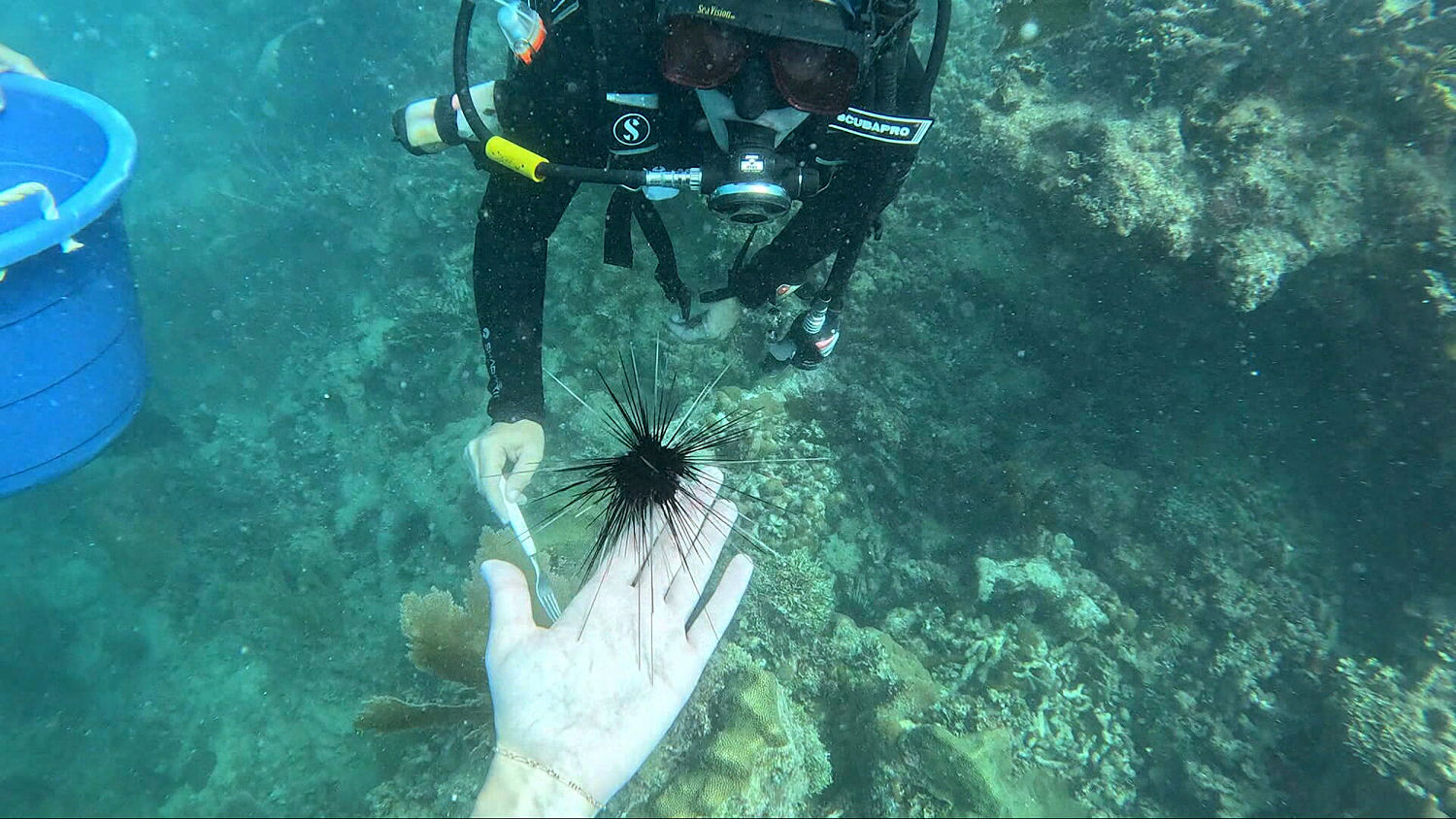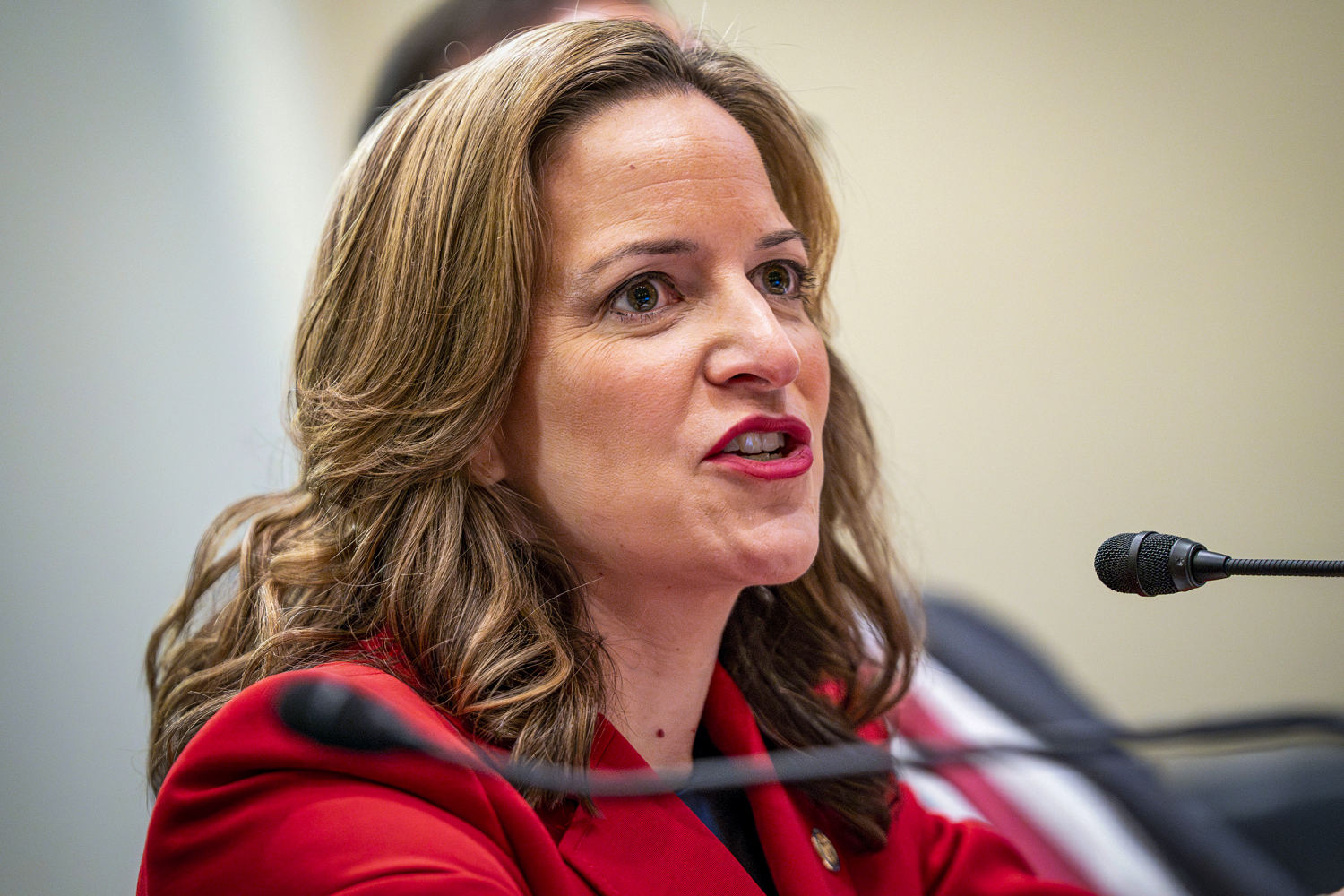Jennifer White, a New York state epidemiologist, has a reminder as summer’s end approaches: “It may be pumpkin spice season, but it’s not the end of mosquito season.”
August and September are the peak months for mosquito-borne illnesses in the U.S. That’s because populations of the insects — which prefer warm temperatures and high humidity — have had time to grow and transmit more virus by the end of the summer.
Indeed, new cases of the three most common diseases spread locally by mosquitoes within the U.S. — dengue fever, eastern equine encephalitis and West Nile virus — are still being reported in many states. This week, California health officials issued a warning about three locally acquired dengue cases in Los Angeles County, two of which were announced Wednesday.
“This is an unprecedented cluster of locally acquired dengue for a region where dengue has not previously been transmitted by mosquitoes,” Barbara Ferrer, director of the Los Angeles County Department of Public Health, said at a news conference.
In the U.S. overall this year, a concerning, though not unprecedented, number of dengue, EEE and West Nile cases have been reported. Last month, New Hampshire saw its first case and death from EEE since 2014, and Vermont reported its first case since 2012. In perhaps the most public case of West Nile this year, Dr. Anthony Fauci, former director of the National Institute of Allergy and Infectious Diseases, was hospitalized in August then sent home to recover.
Although the spread of mosquito-borne illnesses usually declines in October as the weather cools, rising global temperatures are leading to longer summers and shorter winters, creating more opportunities for mosquitoes to breed.
“With climate change, we’re basically extending the mosquito season,” said Chantal Vogels, an assistant professor of epidemiology at the Yale School of Public Health.
Dengue's expanding threat
Cases of mosquito-borne illnesses are not necessarily spread evenly throughout the country. Dengue fever, which can cause fever, aches, nausea and rashes, has been found locally in Arizona, California, Florida, Hawaii and Texas, as well as Puerto Rico and the U.S. Virgin Islands.
This year, dengue cases are abnormally high both nationally and globally. In the U.S., cases have outpaced those of West Nile virus, which is typically more prevalent. An outbreak in Puerto Rico makes up the majority of the cases: Of the roughly 3,085 locally acquired cases reported this year, 2,960 were in Puerto Rico and 23 in Florida, according to the Centers for Disease Control and Prevention.
Female Aedes aegypti mosquitoes are the primary spreaders of dengue. Although many cases found in the U.S. are among people who recently traveled to countries where the virus is common — there have been 1,592 travel-related cases this year — the three recent cases in Los Angeles did not have such a travel history.
California health officials said the virus hasn’t been detected in the local mosquito population, but the insects can acquire and pass along the virus after biting an infected person.
Nirbhay Kumar, a global health professor at George Washington University’s Milken Institute School of Public Health, said most people with dengue don’t develop symptoms but can still contribute to transmission.
“The virus can remain silent in those asymptomatic cases,” he said. “It’s a very low percentage of people who actually get noticed by medical services or require hospitalization.”
Globally, dengue cases have risen substantially over the last five years, according to the World Health Organization. Although a dengue vaccine is approved in the U.S. for children ages 9 to 16, the manufacturer discontinued it. Another vaccine, for children 6 to 16, is recommended by the WHO in settings with high transmission, but that one hasn’t been approved in the U.S.
A relatively normal year for West Nile virus
Like dengue, most cases of West Nile virus are asymptomatic, though some people develop a fever, rash, aches, gastrointestinal symptoms or, in rare cases, brain inflammation.
This year, 659 cases of West Nile have been tallied in the continental U.S., but reporting tends to lag, Vogels said. So by the time all cases are recorded, this year’s count is likely to be in line with previous years, when cases were in the high hundreds or low thousands.
This year, Clark County, Nevada, has seen a particularly high number of West Nile cases: 23. The Southern Nevada Health District said in June that the area was seeing its highest level of mosquito activity ever recorded. As of this week, more than 13% of the pools of mosquitoes tested for West Nile came back positive, the health district said.
White, who works for the New York State Department of Health, said the state is also seeing higher-than-average West Nile activity.
“We consider New York state residents to be at risk for West Nile virus every summer,” she said. “Your risk may be a little higher this year, particularly in parts of the state where we’re seeing more of it,” such as southern counties.
Dr. Thomas Jaenisch, an infectious disease epidemiologist at the Colorado School of Public Health, said both West Nile and dengue will become more common and widespread across the country due to climate change.
“There will be kind of an underlying, slow spread northwards,” he said.
Eastern equine encephalitis: Rare and deadly
Eastern equine encephalitis, or EEE, is more serious and deadly than dengue or West Nile, but also more rare. Around 30% of people who develop severe symptoms from EEE, such as brain inflammation, die. Those who survive may have lifelong issues like intellectual disability, seizures or paralysis.
So far this year, 10 EEE cases have been confirmed, all severe. Four were in Massachusetts, two in New Hampshire and one each in New Jersey, Rhode Island, Vermont and Wisconsin. Typically, only a few cases occur in the U.S. each year, though in 2019, a record 38 cases were reported.
The disease is primarily a threat in Eastern and Gulf Coast states.
There are no specific treatments for mosquito-borne diseases, so doctors typically prescribe supportive care such as fluids and rest.
To reduce the risk of bites, health experts recommend using insect repellent that contains DEET, picaridin, IR3535 or oil of lemon eucalyptus. They also suggest eliminating any opportunities for stagnant water to accumulate on one’s property, which may involve emptying water buckets, flower pots, unmaintained swimming pools and other vessels.
“You don’t want to give mosquitoes an extra place to breed near where you’re living,” White said.
.png)
 2 hours ago
6
2 hours ago
6






























 Bengali (BD) ·
Bengali (BD) ·  English (US) ·
English (US) ·